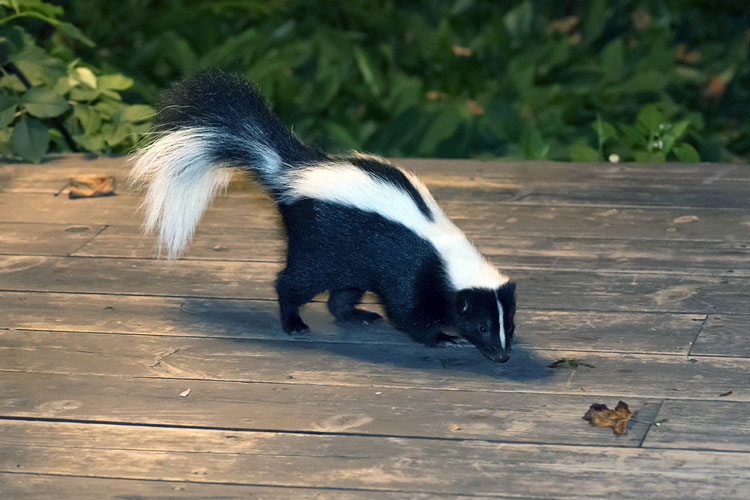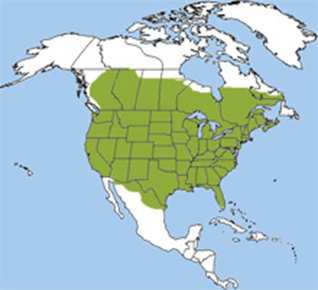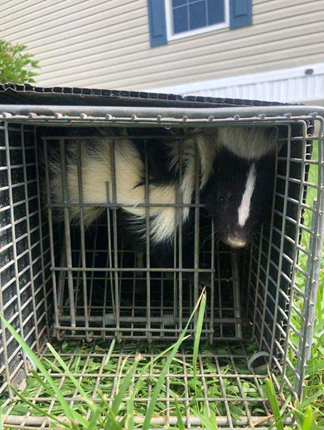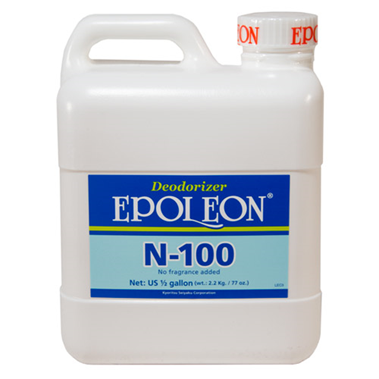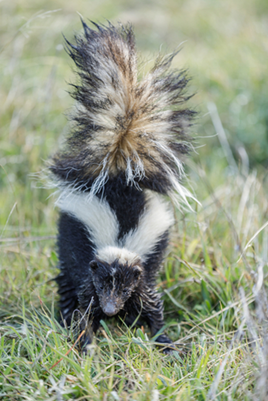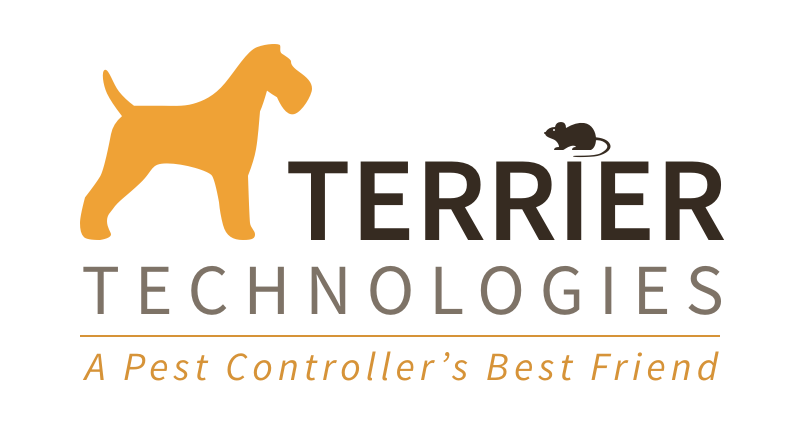-
Skunks have adapted to living underneath and around human
structures quite well. They will commonly use spaces under sheds, decks, porches and other outbuildings as den sites. Customers may request removal due to a den site on their property.
-
Another common reason customers will request skunk removal is due to issues with skunk odor. Pets may be sprayed or customers may report the odor reaching the interior of the home. Skunks can be nomadic wanderers, especially during breeding season, and may have several den sites. The den site may not be on the property of the customer who is requesting service.
-
Remember to
use the information provided by the customer as a starting point for inspection. This may come from direct communication with the customer or the
notes from client service detailed in the work order/proposal.
-
On initial inspection
start by looking for a den site. Most
common areas for a den site are decks, sheds, porches, sunrooms or any other structure
that they can get under. Dirt will be dug out where the skunk has burrowed
underneath a structure. They can also go under raised structures such as decks
without digging.
-
Skunks do not
need a very large entry point to get under a structure. At times the entry point can be as small as 4
inches.
-
Look for white or
black hair stuck to any surrounding wood, concrete or other rough surface to verify
the presence of skunks.
-
Skunk odor may also
be a sign that skunks are present.
-
Another sign of the
presence of skunks is golf ball sized divots in the lawn due to grubbing.
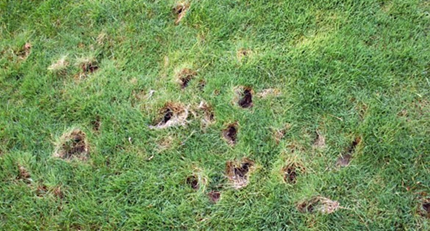
Damage From Skunk Grubbing
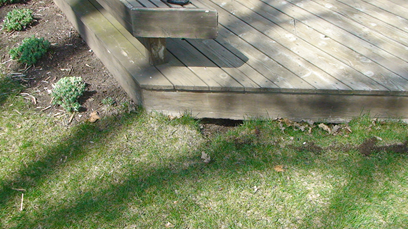
Skunk Entry Under Deck
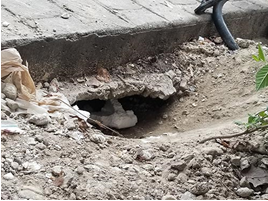
Skunk Entry Under Porch
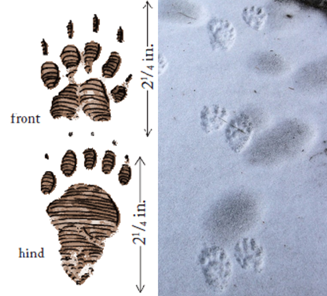
Skunk Tracks
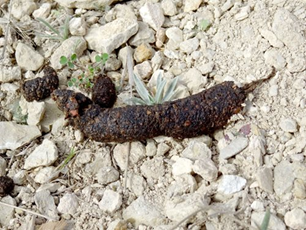
Skunk Droppings
